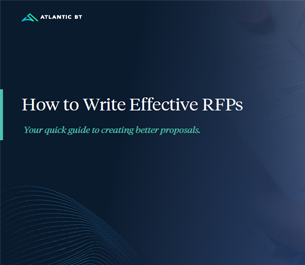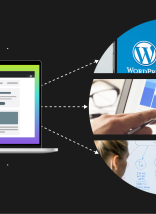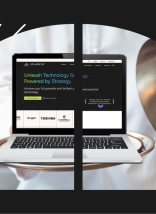Strong web design and online marketing plans are not only pertinent to businesses. Colleges and Universities are turning to us more often for help. They’re looking for ways to stand out on the web and provide efficient digital service to their users. This requires a digital strategy that allows for strong communication between an institution and its users.
Overhauling the digital strategy for an institution of higher learning? Yeah, that’s a big undertaking. But, it also means increased benefits for everyone involved. A functional website can do more for your faculty and students. As a result, it becomes easier to manage ongoing operations. That includes applications, enrollments, scheduling, events, and so on.
Being aware of how consumers are choosing to use technology will help you save time and money. These are five digital trends everyone in Higher Education should be keeping an eye on.
#1 Mobile-Friendly Websites and Applications
More than half of all internet traffic now comes from mobile phones and tablets. On college campuses, those percentages are much higher. Students and faculty need to be able to access web pages and applications from anywhere. A site that is compatible with all popular mobile devices will better serve your users. It was also encourage them to visit your site more often and affect how they perceive your brand. If your university doesn’t use mobile-friendly tools, it’s time to make some upgrades.
Campbell University saw great success from such a choice. During Atlantic BT’s re-design of Campbell’s site, mobile capabilities were a top priority. The update increased the number of visitors and users. Even better, this allowed for other collegiate processes to run with more efficiency.
#2 Clear Navigational Paths
There are many challenges involved with designing websites for Higher Education. The most interesting one is being aware of the many different user groups involved. Each one has their own specific needs and voice. But, they also have to be a clear part of the University community and brand. WordPress is a platform that allows for individuality. It also helps each department stay connected. This provides clear, central hubs for users to find when looking for a specific program.
But what about the variety of users coming to the site? Their destination may be in place but without a clear path, they’ll never reach it. There are many different types of users to consider when creating these routes. Consider students and faculty, alumni and sports fans, even journalists and job-seekers. University web design must focus on developing navigational paths that work for everyone. Quick, simple steps will provide your users with the information they searched for. A convoluted process might make them leave in frustration.
#3 User-Generated Content
Administrators don’t have to generate all content on a university website. There are plenty of others able and willing to contribute. Let students and faculty add descriptions, reviews, and other elements of campus life. You can reduce your online marketing burden while promoting a sense of community. People like to share their experiences. Integrating social tools into your website encourages new ideas and perspectives.
Delegating content utilizes your website for those behind the scenes. They can best maintain your site for optimal use when their not overwhelmed with only one part of the whole.
#4 Personalized and Segmented Email Newsletters
As we’ve noted, you have many different visitors coming to your website. In the same vein, you most likely have a variety of distinct email subscriber groups. Give them the content they’re looking for by personalizing your messages. You can also segment them for various audiences. This strategy is easy and inexpensive. It can also boost your click-through rate and follow-up percentages.
Your users want to connect with you. Especially with a community that they are choosing to be a part of, either to teach in or gain an education. Take the opportunity to foster strong relationships that are helpful and sincere.
#5 Smarter Digital Marketing
Your institution may be well-known and prestigious. But, it would be a mistake to rest on your laurels. A well thought out online marketing strategy will keep users engaged. Enrollments and donations will continue to come in. Embrace tools like Search Engine Optimization (SEO), pay-per-click advertising, and social media marketing. These matter to universities as much as they do to businesses.
Digital marketing is how you communicate your brand to users. The ways in which you make yourself available to those who want to engage with you, matters. An open, accessible, and smart policy will raise awareness of and foster trust in your brand.
Need a Better Web Strategy?
Struggling with good website planning or online marketing execution? If so, now is the perfect time to talk to the institutional web design experts at Atlantic BT. Contact us today to schedule a free consultation and learn more about what we can do for you!







